The year is 1951.
On the dusty plains of Idaho, hundreds of scientists erupt in celebration; hugging, clapping, cheering.
They just had a breakthrough and their vision was vindicated. A vision that — even by today's standards — was entirely science fiction.
It was also polarizing. Because when we split the atom, we also split the world…
For some, nuclear fission was the key to human flourishing. For most, it was the ultimate weapon.
But the optimists in Idaho held their ground. They imagined a world in which energy was no longer a constraint. Where abundance wasn't theoretical. Where humanity's growth wasn't tied to a negative impact on the earth.
These dreamers weren't just building nuclear reactors. They were ushering in a new epoch in human history: the first atomic age. And their progress was legendary.
The Idaho National Lab (INL), under the purview of the Department of Energy, went on to produce 52 nuclear test reactors. Along the way, a singular debate echoed through its halls: when would nuclear power 100% of the earth's energy?
The scientists started placing bets, and at the time, most agreed — it'd be around the year 2000.
Needless to say, that's not what happened.
Nuclear remained misunderstood and Idaho National Lab became a shell of its former self.
The Second Atomic Age
The year is 2025 and those dusty plains are stirring, yet again.
Back at Idaho National Lab, the old dream is being reborn, but this time, the headwinds of the past have become the tailwinds of the future.
Regulatory bodies are creating modern frameworks for new reactors. Private capital, once allergic to nuclear energy, is now flowing in. And at long last, the technology is mature, safe, and ready.
A nuclear renaissance is underway and the race is on, with multiple startups setting their sails; each one taking a unique tack.
There’s Kairos Power, who just signed an MOU with Google to deliver 500MW of nuclear power for AI data centers via a small modular reactor (SMR).
There’s Radiant Nuclear, with $225M in funding for its ‘nuclear reactor in a box’, aka a micro modular reactor (MMR).
And then there’s the buzzy, Wall Street darling Oklo, who went public via a Sam Altman owned SPAC in 2024, valuing the company at $400M.
Oklo has since surged over 500% to a $10B+ valuation…
Oklo’s next big milestone? A prototype of a small, configurable nuclear power plant at Idaho National Lab (INL). They’re soon to break ground and the markets are watching with bated breath.
But Oklo isn’t the only game in town.
Less than half a mile away, a newer company has partnered with the INL and just secured its own plot of land; to build not just a prototype, but to invent an entirely new class of nuclear energy product.
It’s not a Small Modular Reactor (SMR). It’s not a Micro Modular Reactor (MMR). And it's not your traditional nuclear power plant. It’s something entirely new, filling multiple gaps between all three.
The company is called Aalo, and despite a later start and fewer resources, they’re vaulting ahead on all major fronts.
The rest of this essay is a deep dive into how and why.
Introducing Aalo
Relative to its competitors, Aalo has moved at a blistering pace.
Since launching in 2023, they’ve moved into a 40,000 sq ft factory space, built a non-nuclear prototype, received permission to pursue Department of Energy (DOE) authorization for their first reactor, secured land to build it at Idaho National Lab, and signed non-binding agreements with some of the world’s largest possible customers (most confidential, for now…)
This all just culminated in their two biggest milestones to date: First, a $100M Series B led by Valor Equity Partners, the world-class hard tech investor behind SpaceX, Tesla, and Anduril.
Second, Aalo’s selection by the U.S. Department of Energy as one of eleven companies in President Trump’s Nuclear Reactor Pilot Program—an initiative aimed at building and operating at least three advanced test reactors by July 4, 2026. This places them on the fast-track of America’s nuclear renaissance, with direct federal support to prove their design in record time and a spotlight as one of the few companies shaping the future of clean baseload power
During this time, Aalo benefited from those industry-wide tailwinds across technology, financing, and regulation. But, when they first launched, the market remained stagnant and speculative. It was still missing a key ingredient: a commercial catalyst, aka the right buyer with enough urgency, capital, and political power to pull projects through.
Fortunately, in an almost kismet fashion, that buyer has suddenly arrived: our new digital companions — artificial intelligence.
As AI surges ahead, energy has become the most critical layer of the AI stack.
No doubt, AI offers endless promise and hope, from growing out of a debt spiral, to curing diseases, to modeling climate change, to redesigning our material world.
But its future depends on how many electrons we can push through a wire. And this digital brain has a voracious, 24/7 appetite.
To give you a sense, the typical data center uses around 25-50 MW of energy, which is enough to power a small town. Over the last 10 years, hyperscalers have required around 100 - 300 MW.
But now with AI? They’re requiring 10-20X that… from 1-2 GW. Hence Elon Musk’s recent purchase of a 2GW gas-turbine power plant for Collosus: the 200k GPU cluster behind xAI.
To put that in perspective, 2GW is enough to power the electricity demand for nearly 40% of New York City and 50% of Los Angeles…
When you drag out this level of demand, AI is on pace to consume the majority of the US electrical grid by 2030.
And to think… AI is just one of many looming sources of enormous demand.
Include the electricity needs for EV charging, robotics, manufacturing, growing cities, the military, etc. and there’s no doubt… The future is arriving faster than we can power it and our aging grid — an ancient system that hasn’t effectively changed in 100+ years — can’t keep up.
Fortunately, the energy market isn’t waiting around. A new paradigm is emerging, characterized as ‘bring your own power’, with customers planning to leap frog the grid entirely.
This is Aalo’s opportunity and the kernel of their strategy.
But to fully appreciate it, we must first set context with the state of nuclear energy and Aalo’s origin story.
Not Your Grandpa’s Nuclear
Over the last decade, nuclear energy has quietly become the safest, most reliable, and most power-dense source of clean energy ever created.
Just a single, 1-inch pellet of uranium can replace a ton of coal.
And a single barrel of uranium? It can replace two million barrels of oil/gas.
At scale, for reliable base-load power, nothing else comes close. Which is why nuclear is the answer, not just to climate change, but to many of the world's most complex challenges; from rising costs, to food production, to water scarcity, to geopolitical tension; all of which boil down to a lack of cheap, accessible energy.
Aalo CEO, Matt Loszak, locked on to this problem space back in 2021. After building a successful HR software business (to 150 employees and 4,000+ customers), his roots in physics and engineering took hold; he had mastered the world of bits; it was time to conquer atoms. So as nuclear began to accelerate, Matt began to build.
With a degree in physics, Matt knew enough about nuclear to be dangerous. But he needed to gain an edge. He also needed a technical co-founder. So Matt set off on a global tour, meeting with the most renowned nuclear experts in the world. 100’s of them; gaining knowledge, looking for patterns, and seeking a partner in arms.
One of those experts was Yasir Arafat, the Chief Architect and project lead for one of the most significant and yet underrated nuclear power projects in the US: MARVEL.
MARVEL is a government-funded microreactor at Idaho National Lab – the first new reactor scheduled for construction. It’s also a test-bed built to unlock the next generation of nuclear innovation.
For decades, startups have been stuck in a catch-22: you need operating data to get licensed, but you need a license to collect the data.
MARVEL breaks this cycle, offering a safe, government-backed environment to test components, validate models, and show how advanced reactors connect to real systems like microgrids; all while providing the hard data required by regulators and customers.
For startups like Aalo, MARVEL is a force multiplier, de-risking their tech, speeding up deployment, and signaling that nuclear power is moving forward, yet again.
Upon learning about MARVEL, Matt decided to go all in. His first move?
Recruiting Yasir as his co-founder.
It’s hard to draw up a better profile for a nuclear energy CTO.
Yasir led MARVEL to achieve something no one else had done before: the first-ever DOE authorization for construction of a nuclear reactor.
Prior, he led the eVinci microreactor program at Westinghouse — one of the most influential names in the industry, responsible for the world’s first commercial pressurized water reactor (PWR), a design that still powers over half the world’s nuclear fleet today. It’s also behind the AP1000, one of the safest, most advanced reactors ever built.
In other words, Westinghouse defined nuclear’s past. Now, Matt and Yasir are setting off to define its future, with multiple rock stars joining in the mission, including Richard Williams as Director of Engineering (MARVEL’s former Director of Engineering), Jon Guidroz as SVP of Commercial (former Chief Strategy Officer for Energy at Microsoft), Scott Reynolds as VP Finance (former global head of structured finance at Bloom Energy) and Bryson Gentile as VP of Manufacturing (previously Head of Manufacturing at SpaceX on Falcon 9).
The X Factor
This is an A-List team. But nuclear energy is a modern day gold rush. The world’s best & brightest are flocking to win the prize. Top talent is table stakes.
What differentiates Aalo most is their product strategy. Particularly, their plan for achieving product market fit.
If I had to pick one deciding factor, this is where the race will be won or lost.
That may sound obvious. But the nuclear market is unique. The value chain is in flux and the ultimate buyer isn’t clearly defined— is it the power utility? The data center developer? The co-lo operator? The cloud hyperscaler? All of the above?
Despite this uncertainty, nuclear startups have to pick a design path and bet on a demand signal early.
Aalo’s bet is both clever and sound.
First, they’re working backwards from the most urgent and well-capitalized source of demand; AI hyperscalers (the Microsoft’s, Google's, Meta's, and Amazon’s).
Second, they’re designing for multiple potential buyers, as hyperscalers don’t operate in isolation, but within a complex ecosystem of developers, utilities, and partners.
Which raises an existential question: should Aalo be a power developer or just a reactor OEM? i.e. build & operate the full plant? Or just sell the core primitive to builders/operators?
The reality (and the fun part) is they have to be both, existing in a kind of quantum state, ready to collapse the wave function at the precise moment the market demands clarity.
So the prevailing business question isn’t simply, “What does the customer want?”
It’s “How do we meet demand that is still deciding how to express itself?”
Aalo's answer is two fold:
First, stand on the shoulders of giants.
In partnership with Idaho National Lab, they’re designing an entirely new reactor platform, inspired by learnings from MARVEL, EBR-II, AP-1000, and other well known historical reactors.
This approach helps de-risk the technology, smooth the regulatory path, and build confidence with future customers. And while Aalo-1 is inspired by these past reactors, it adds new engineering innovations, leveraging modern innovations in materials science and more, to make the design uniquely well suited for AI data centers. At the same time, it keeps the proven ingredients, e.g. a proven fuel supply chain with UO2 fuel type, a coolant with deep operational history, well proven safety features, and modern simulation tools, giving regulators and partners much needed comfort and conviction.
The second part of their answer — offer an a la carte menu, from Lego blocks to a full plug-in-play system, aka a nuclear factory-in-a-box.
This approach mirrors NVIDIA’s. While known for GPUs, NVIDIA also sells complete AI server racks, along with CPUs, networking gear, and cooling modules. Their customers can choose to buy a full-on ‘AI factory’, with multiple networked racks, or they can integrate individual parts into existing infrastructure.
Aalo’s offering is similar, and the first of its kind. It’s modular enough for multiple buyers, robust enough to scale, and flexible enough to serve the ‘Bring Your Own Power’ value chain emerging around AI hyperscalers.
It’s also a classic 'blue ocean strategy': avoid a crowded, legacy market (red ocean) by creating an entirely new one. I’m calling this uncontested space ‘the missing middle’.
The Missing Middle
The advanced reactor industry offers two primary options, neither of which is the ideal fit for data centers.
On one end there’s Small Modular Reactors (SMRs).
These are shrunken versions of traditional grid-scale plants, designed for utilities years before the AI boom. While promising modularity, they still follow the old playbook: large projects, long timelines, and high costs per megawatt.
For a hyperscaler who needs power in months, not years, SMRs are too big, too slow, and too tethered to the legacy energy model.
On the other end are Micro Modular Reactors (MMRs).
These are tiny, ~1-megawatt reactors designed for niche, off-grid uses. While highly portable and safe, they are a squirt gun for a wildfire; their power output is too small and their cost per megawatt is too high to be a scalable solution for AI's immense energy needs.
In hindsight, this product gap might seem obvious. But until today, filling it just didn't make commercial sense. A market didn't exist.
Now, an immense opportunity has emerged, to match the right product architecture to the data center's acute, time-sensitive demands.
Aalo's Answer: The XMR
To seize this opportunity, Aalo is inventing an entirely new category: the XMR (Extra Modular Reactor). The "X" stands for the extra flexibility and adaptability, or offering the X-Factor for AI data centers by designing around their unique needs.
Their core product is called the Aalo Pod, a 50-megawatt power plant composed of five 10-megawatt, sodium-cooled reactors; powerful enough for a small city or medium data center and composable enough for gigawatt scale.
It’s designed around three main vectors:
Optimal Size and Scalability: The Pod delivers the significant power of an SMR but is built with the manufacturing efficiency of a microreactor. This allows data centers to scale power in 50 MW increments, mirroring how they build out their campuses.
Data Center Optimization: With five independent reactors providing N+1 redundancy, the Pod offers the extreme reliability required for mission-critical AI workloads. Its compact, 2.5-acre footprint and air-cooled design means it can be co-located directly on-site, even in arid regions, eliminating reliance on the fragile grid.
Speed and De-Risking: By using proven UO2 and low-enriched uranium (LEU+) fuel instead of waiting for novel fuel types, Aalo sidesteps one of the biggest supply chain and regulatory bottlenecks in the industry. This enables a target deployment cycle of just 52 weeks, from order to operation (a marvel in its own right, which we’ll cover later).
This is energy's version of an AI server rack. After a rapid on-site assembly, you drop it in, turn it on, and voila; the AI factory is humming.
Elegant, indeed, but the real beauty lies in its composability and a hierarchy of innovation that de-risks the technology at every stage.
The fundamental building block of this system is the Aalo-1, the individual 10 MWe reactor module. This is the core technology: a sodium-cooled thermal-spectrum reactor designed for safety and mass manufacturing.
By using liquid sodium as a coolant, it operates at near-atmospheric pressure; a key design choice that eliminates the risk of the high-pressure meltdown events associated with traditional water-cooled reactors.
Each Aalo-1 is a self-contained, factory-built unit. It’s the essential component that makes the entire Pod concept possible.
Before a single Aalo-1 is deployed, however, there is the Aalo-0. This is Aalo's non-nuclear, electrically-heated prototype. It is a full-scale physical twin of the Aalo-1, allowing the team to test, validate, and perfect every aspect of the thermal hydraulics and system performance without touching nuclear fuel.
This "test before you build" approach is critical— it proves the physics and de-risks the technology for regulators and investors, demonstrating a mature and responsible path to market.
The bridge from factory to field is Aalo-X, the first private advanced reactor demonstration being built in partnership with the U.S. Department of Energy at Idaho National Lab. This is the regulator and technical proving ground that unlocks commercial deployment.
This plan is rooted in clear logic: start with the customer problem, deliver a standardized product with the Pod, build it on proven core technology with the Aalo-1, and validate fast to de-risk future deployments with the Aalo-X.
It's also shaped for the urgent timelines of the AI era, while remaining sharp enough to slice through regulatory red tape and stigma.
From Strategy to Reality
To realize its potential, Aalo must compound this momentum across every part of the business, starting with its two strongest points of leverage: a factory that learns and a delivery model that radically compresses timelines.
The factory is inspired by playbooks from Tesla and SpaceX. It’ll begin as a lean “minimum viable factory” to prototype fast. They’ll then certify it to the NQA-1 spec: the gold bar for manufacturing safety and reliability. From there, it will scale into a gigafactory—flipping nuclear energy from decade-long one-offs into a repeatable machine where costs fall, risks shrink, and power rolls off the line like clockwork.
The magic behind it all is a digital twin: a full-stack simulation of the reactor, the factory, and the supply chain. This is not just a virtual model. It’s an orchestration layer; one that can spot bottlenecks, reschedule in real-time, and preempt delays before they surface.
This turns Aalo’s facility from a set of machines into a self-improving organism that can be cloned and deployed anywhere in the world.
Then we have the delivery. This is where Aalo bends reality, starting with a company-wide mantra: “order-to-electrons in 52 weeks”.
Contrast this with nuclear's current decade-long fiascos, and it’s not just a timeline. It’s the kind of maniacal mission behind the greatest companies in the world.
The key is treating deployment like a software-driven manufacturing workflow.
Aalo’s “order-to-electrons” clock starts the moment a customer signs. Three tracks begin in parallel: contracts and financing, AI-assisted regulatory filings, and factory production of reactor modules.
By the time site licensing is approved—roughly 24 weeks in—most of the system is already built.
With over 90% of the work done in the factory, the on-site labor is minimal. Modules arrive pre-fabricated and ready to slot into place. From there, there’s ten weeks of local assembly; followed by three months of testing, fuel loading, and final validation; and then… Power on.
The Path Forward
To go from this vision to electrons, Aalo has countless milestones to hit. But here are the most important:
In late 2025, they will break ground on the Aalo-X demonstration plant at Idaho National Lab and work toward gaining regulatory approval via the Department of Energy. This phase also provides data to fast-track an NRC application (i.e. Nuclear Regulatory Commission).
In 2026, they’ll achieve zero power criticality on Aalo-X. This means the reactor has achieved a self-sustaining nuclear chain reaction at an extremely low power output—essentially, near zero thermal power; a crucial step before the reactor begins producing significant heat or electricity.
In 2027, they’ll achieve full power at Aalo-X, which will validate the entire model and propel it towards commercial deployment in 2028, including NRC approval and construction of the first commercial Aalo Pod for a data center customer.
By 2029, the first commercial reactor will be powering a data center at full clip, setting the stage for a major financing event or IPO and a rapid, nationwide scale-up throughout the 2030s.
All of these objectives are geared towards a singular long-term goal: reducing the cost of electricity down to $0.03 per kilowatt hour.
In the US, the average cost is around $0.16 - $0.17, and rising fast, constraining countless plans to build, innovate, and grow. But if Aalo succeeds, those sci-fi dreams from the plains of Idaho become reality.
Imagine… the year is 2055. Electricity flows like water, powering not just homes and industries, but all new frontiers of human ambition.
Deserts bloom with desalinated water, city-based vertical farms feed millions, automated factories hum continuously, remote villages enter modernity, and reactors light up bases on the Moon and Mars. While back home… The air is cleaner, the climate is steadier, and prosperity is more accessible for all.
Yet abundant energy isn't just about raising the floor, it's about shattering the ceiling.
This starts with unleashing the potential of our most powerful new tool — artificial intelligence — which is woefully tethered to a short electrical leash.
While abundant energy won’t turn AI into a magic wand, it will allow the machines to run the trillions of simulations required to find a new drug, to model a planet’s climate with startling accuracy, or to design a material that was previously impossible.
It also lets us ask bigger questions; questions about our purpose, our origins, our destiny; because we can finally afford the computational cost of finding the answers.
This future will not be perfect. We will still be wrestling with our all-too-human limitations. But by removing the endless, exhausting struggle for energy, we are freed up to focus on everything else.
And while nuclear won’t solve all our problems. It will make solving the grandest of them profoundly more plausible; expanding the realm of the possible, and reminding us that the only true, lasting constraint on our future is what we dare to imagine next.
Which is why I’ve concluded — the world does remain split, but in an entirely different way: those who love nuclear energy, and those who just haven't looked closely enough.
Full transparency: I’m an investor in Aalo. But this essay came first. As I was writing and interviewing the team, my conviction grew — and when an allocation opened up in their Series B, I jumped all over it. Maybe it was luck, maybe it was timing, or maybe stories really do shape the future…


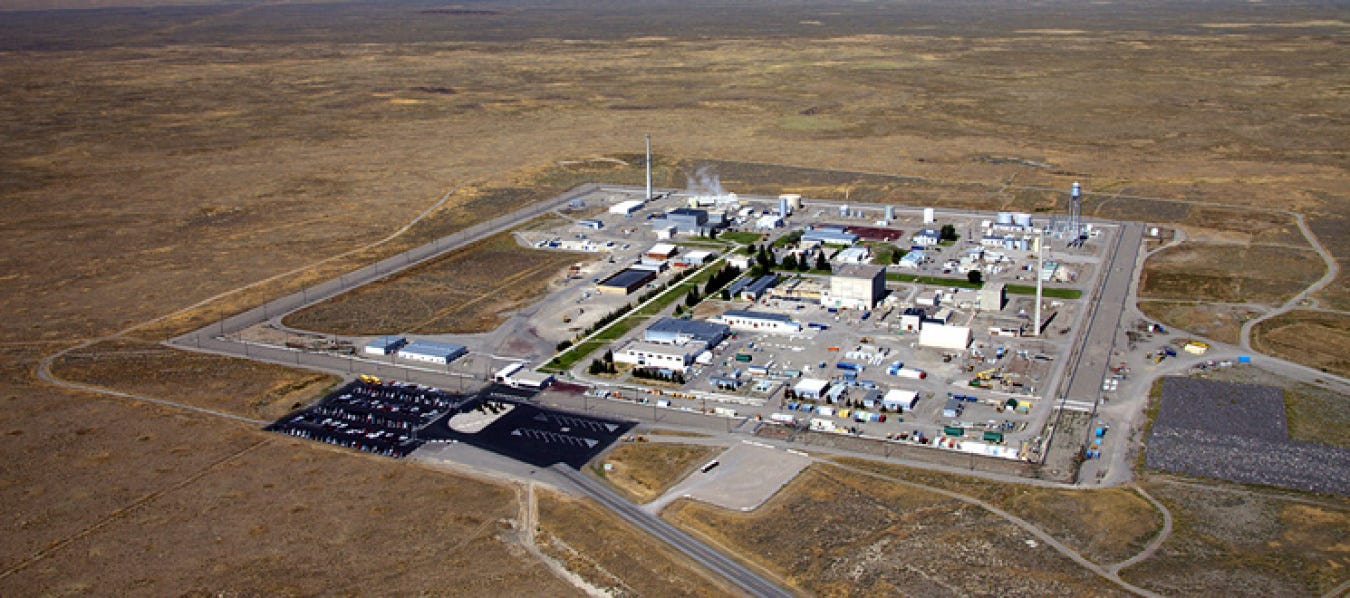
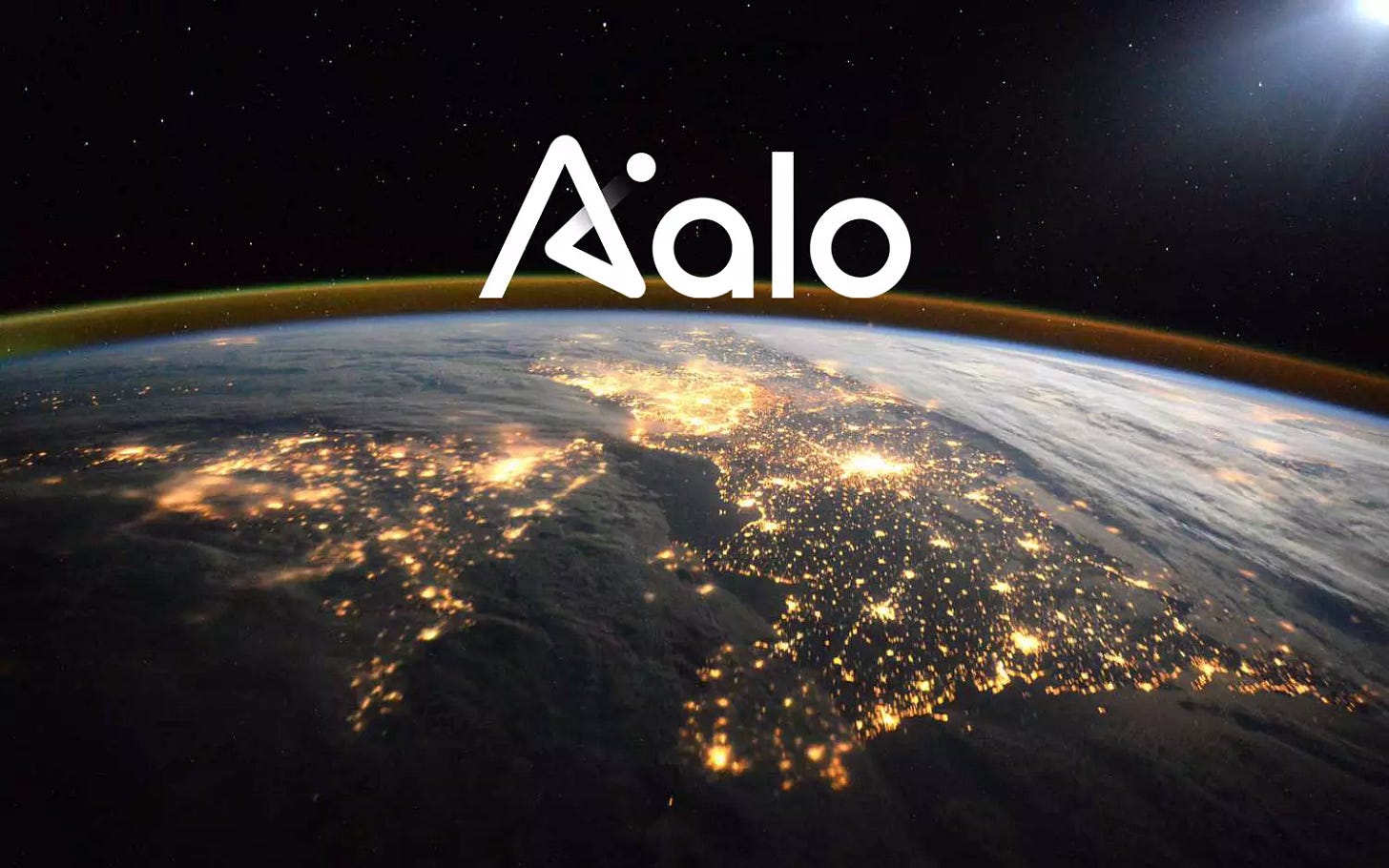
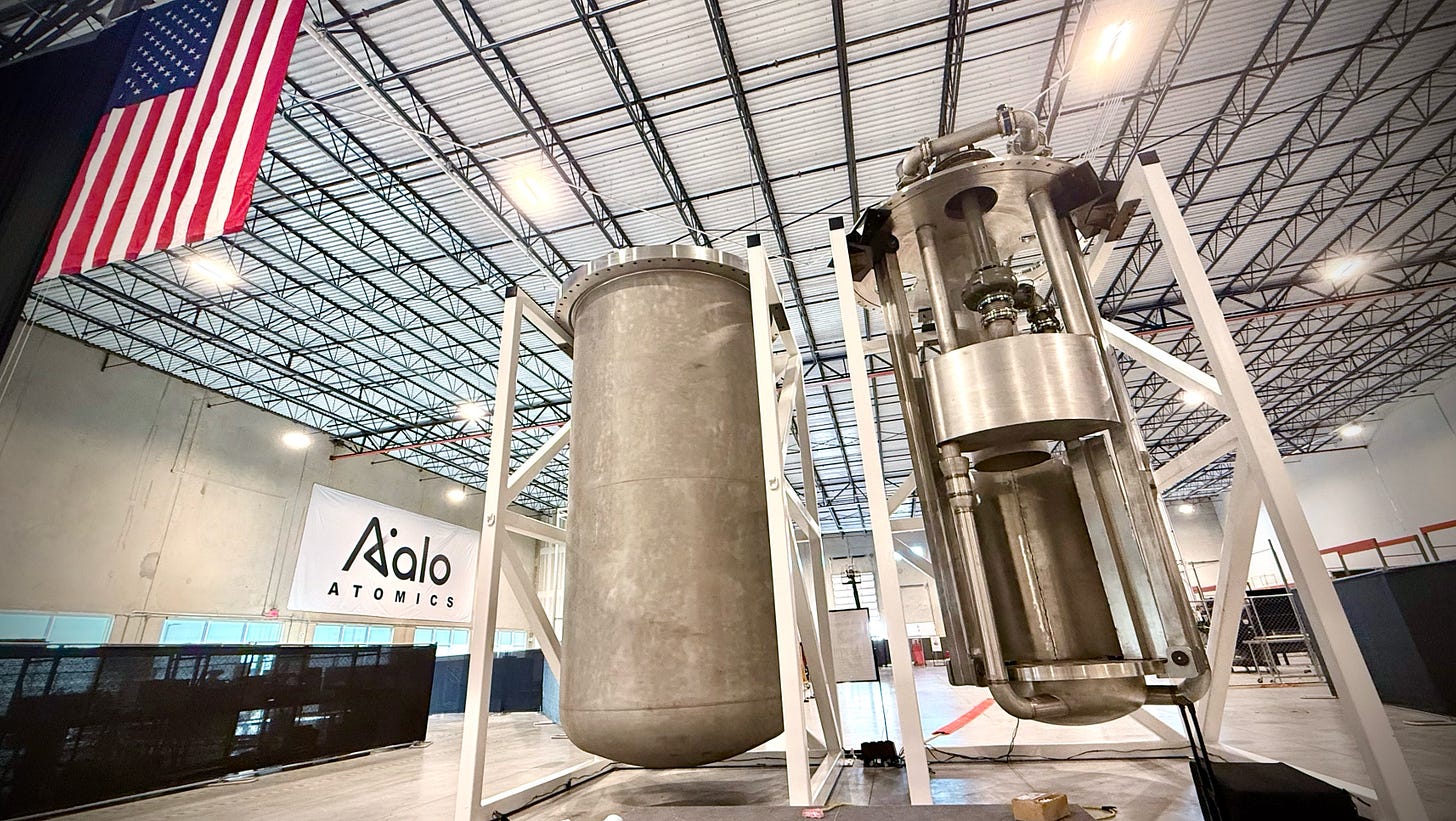

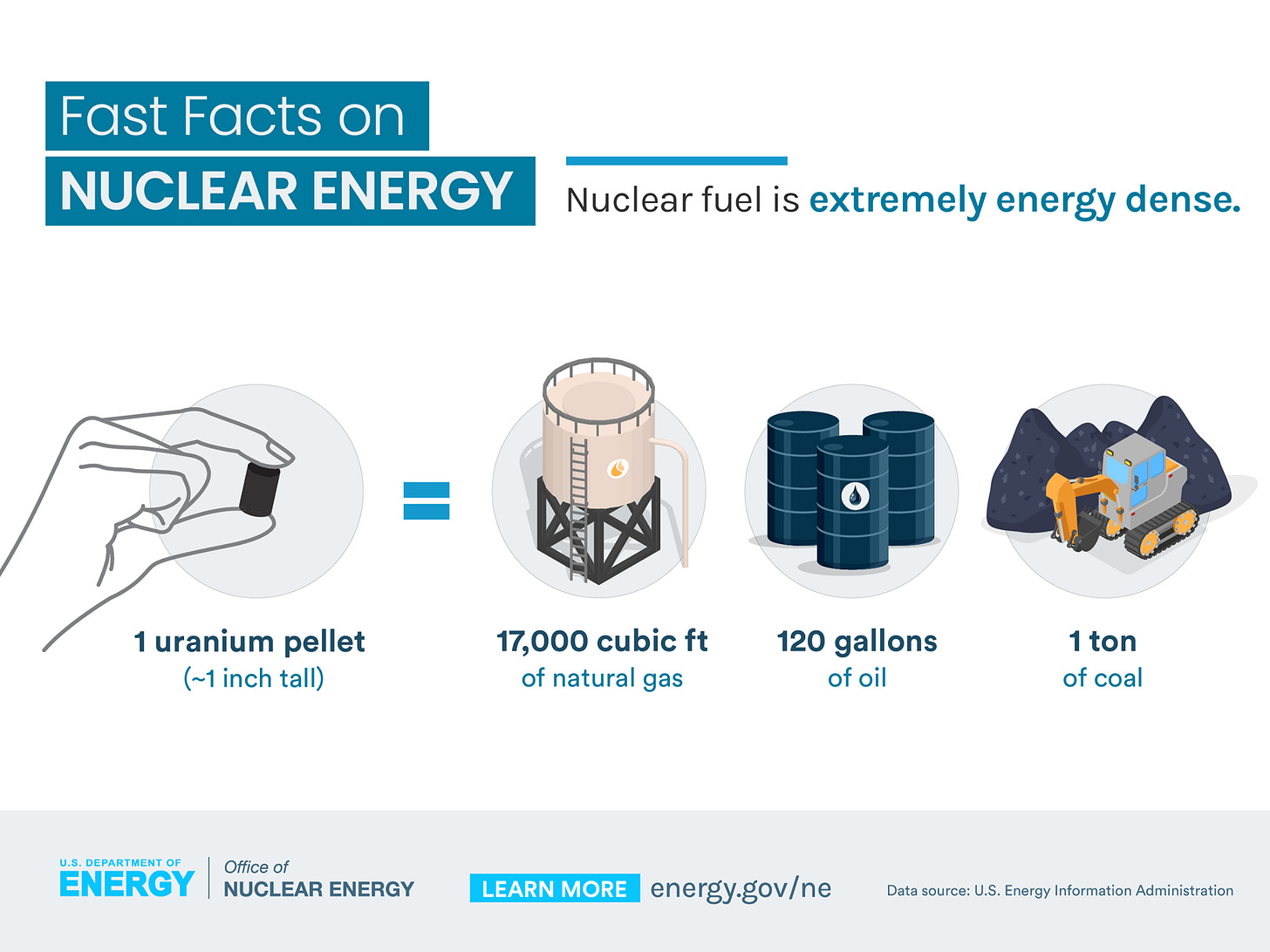
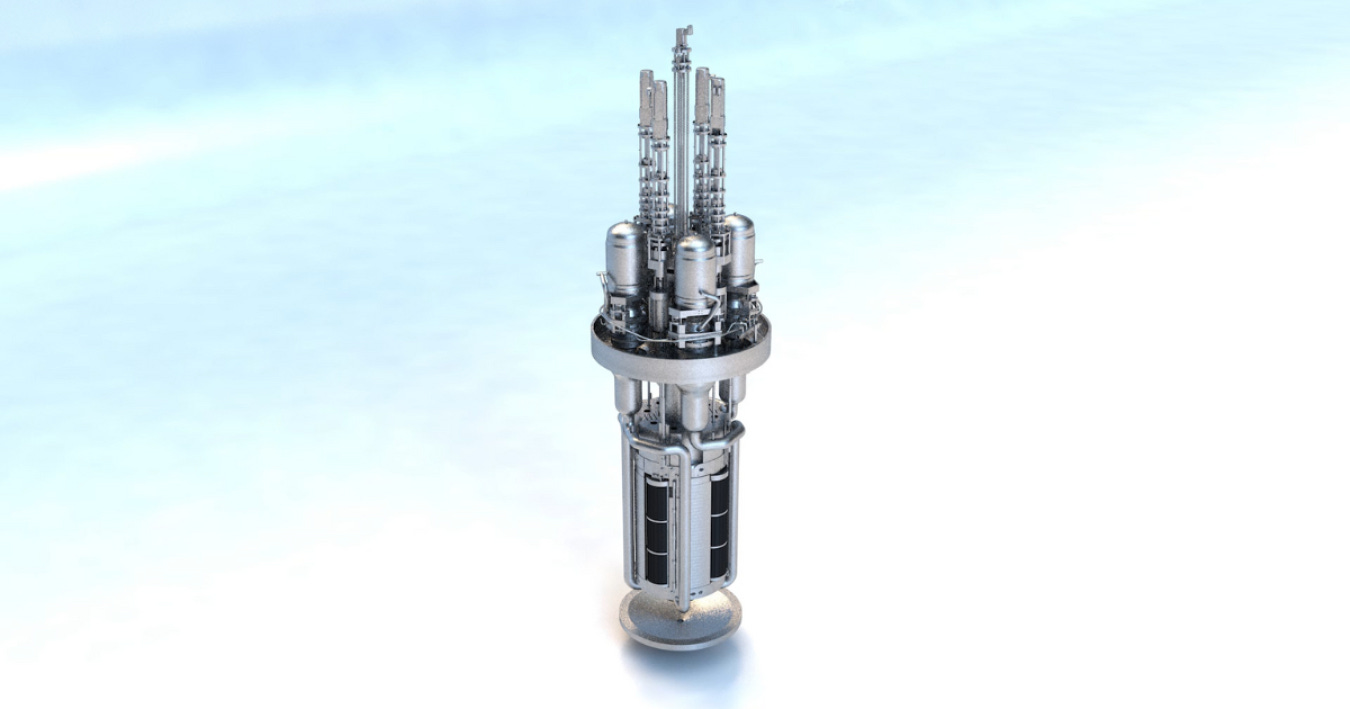

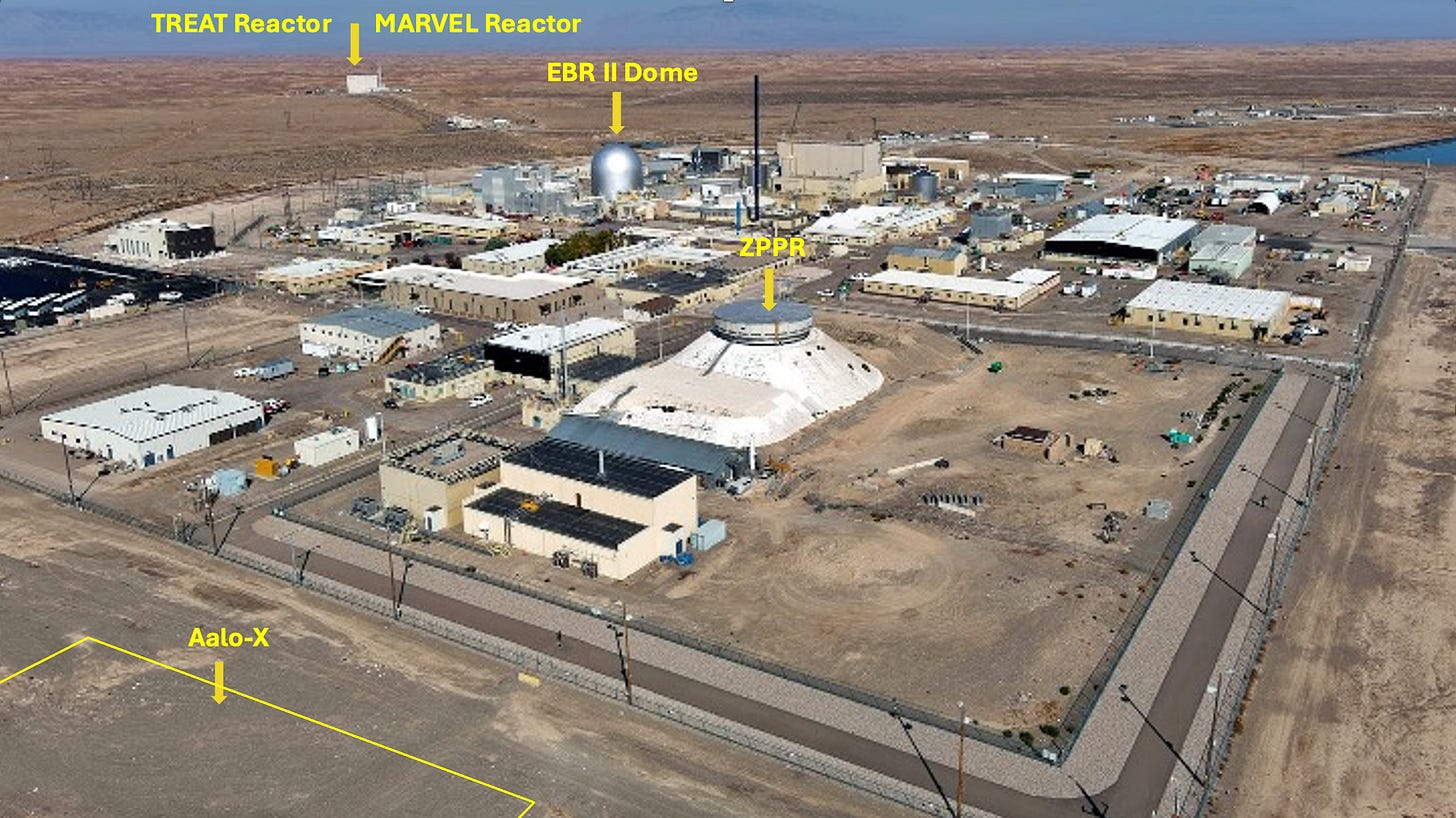
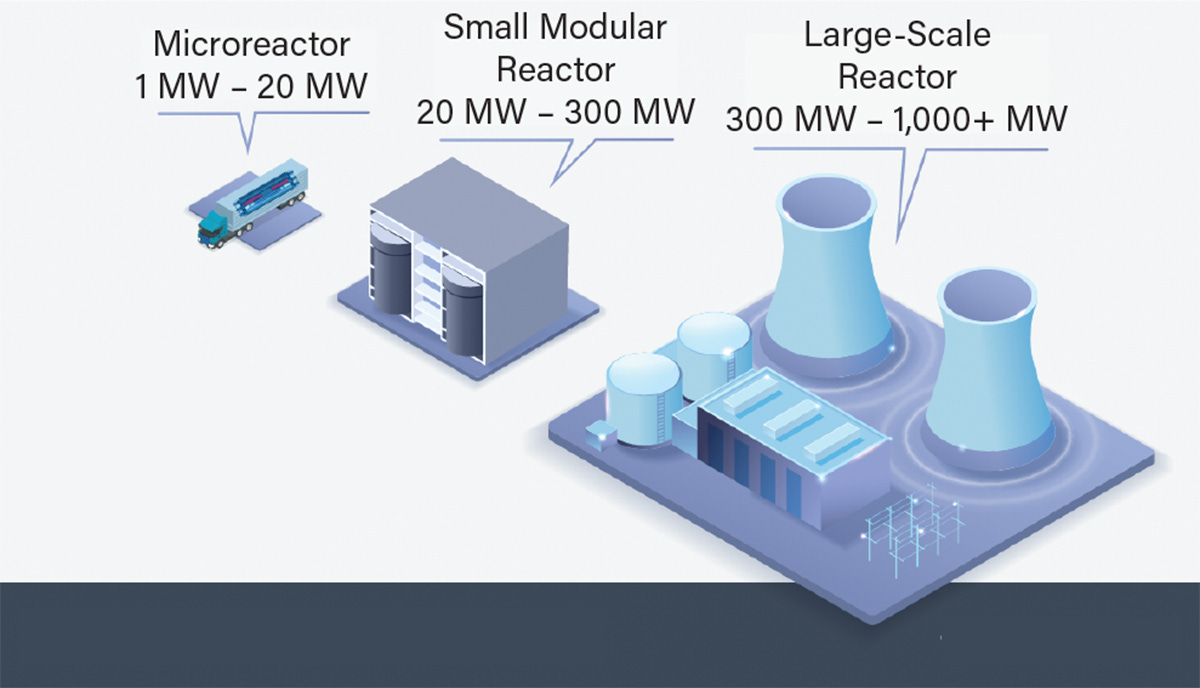

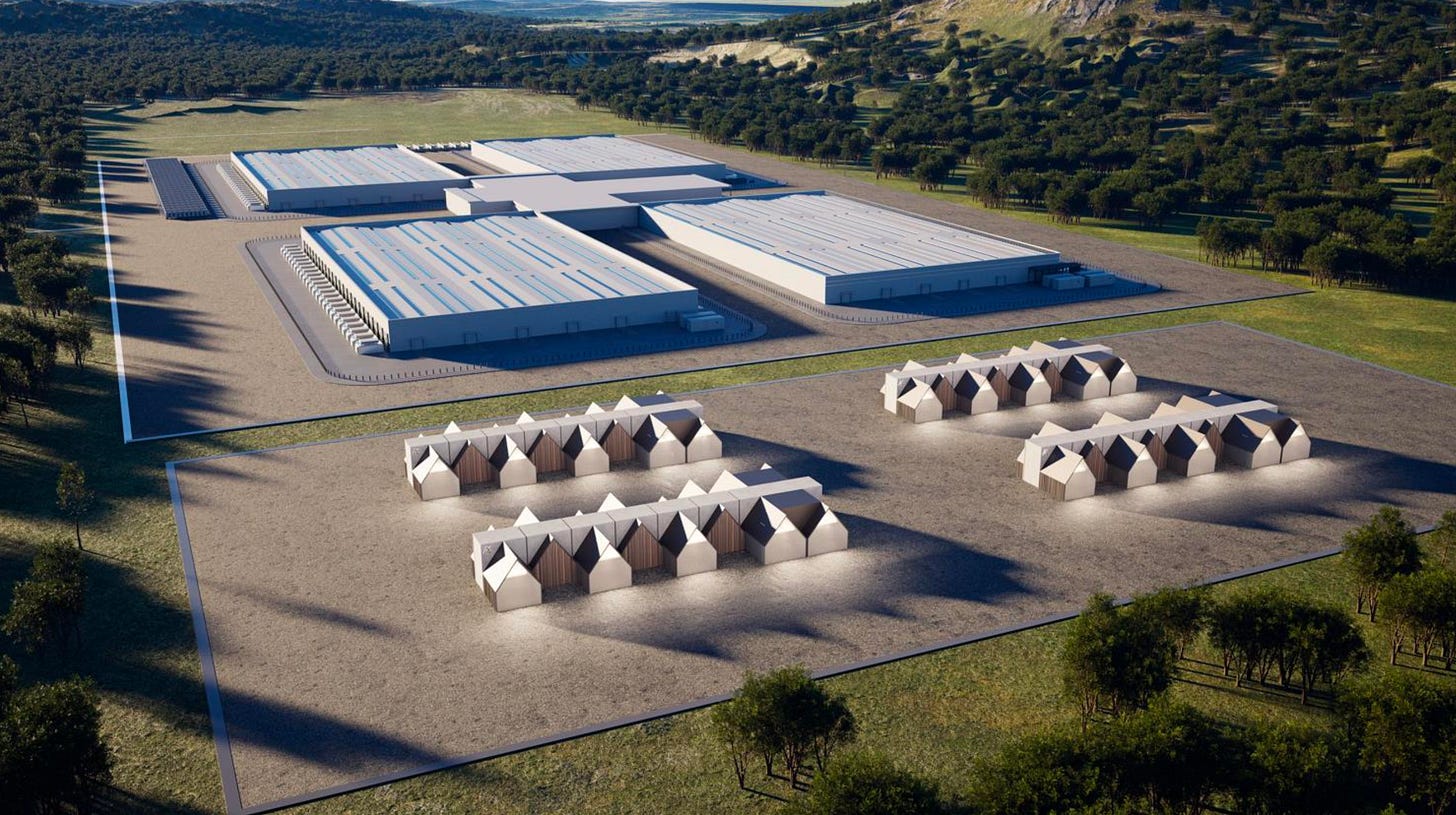
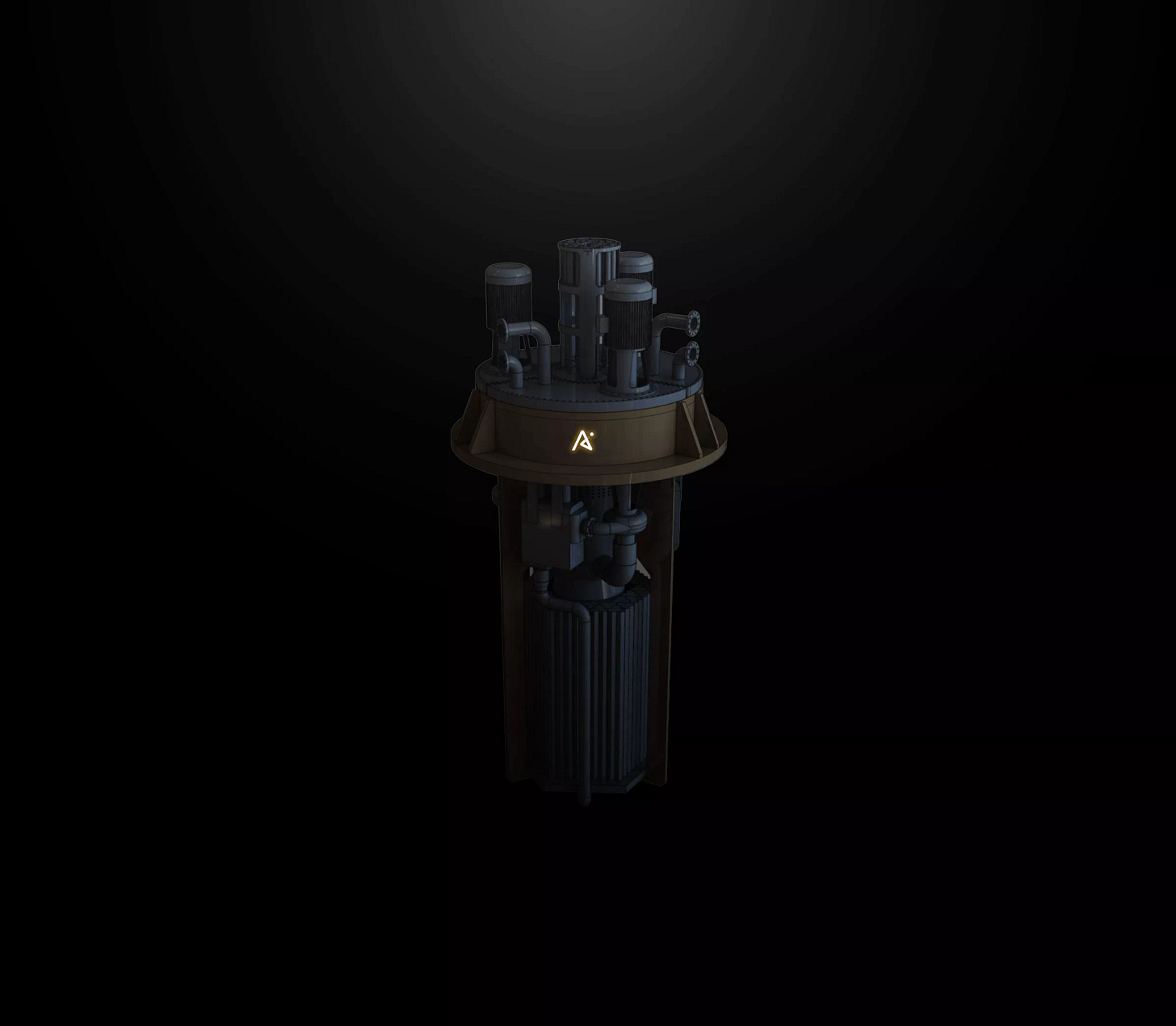
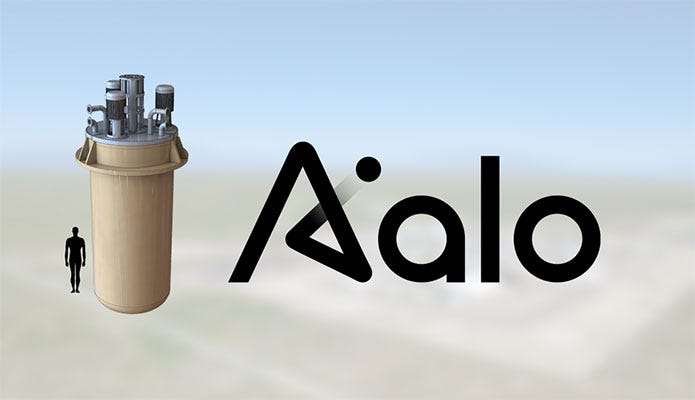
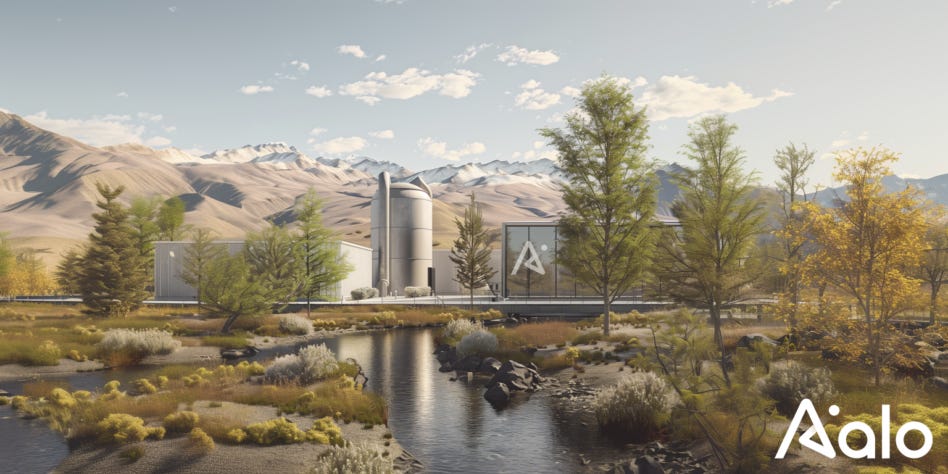
Evan- thanks for capturing our journey so beautifully here. Well done
Evan - you wrote "And a single barrel of uranium? It can replace two million barrels of oil/gas."
The two million times comparison works for units of mass, but not for barrels, which are a unit of volume. A volume of uranium has a mass of 19 times as much as the same volume of oil/gas.
So the comparison in volume should be "And a single barrel of uranium? It can replace 38 barrels of oil/gas."
If you want to see this discussion more completely developed, go to "The 760 Million Mile Per Gallon (MMMPG) Carburetor"
https://atomicinsights.com/million-mile-per-gallon-mmmpg-carburetor/
Disc: Nucleation Capital - where I am a Managing Partner - is a two time investor in Aalo. I was one of the hundreds of nuclear people that Matt talked to while he was searching for Yasir.